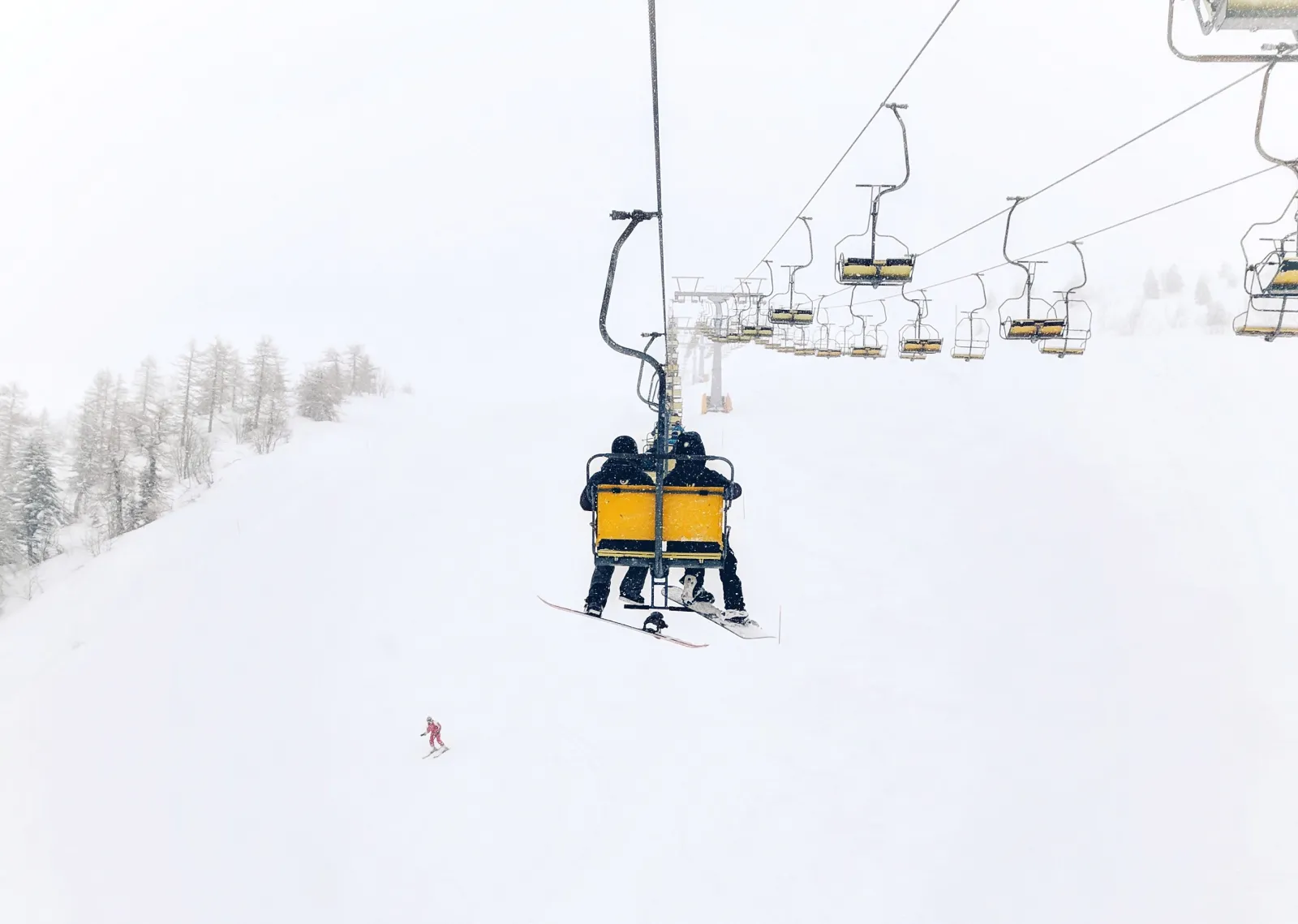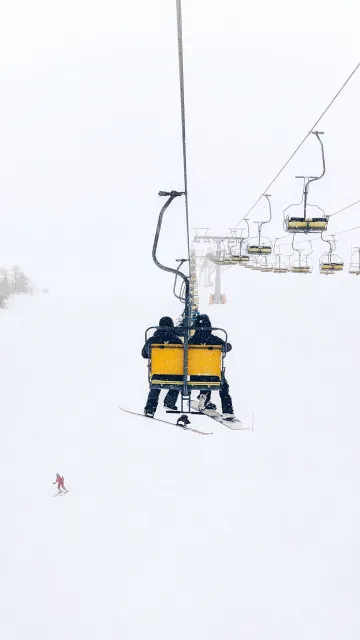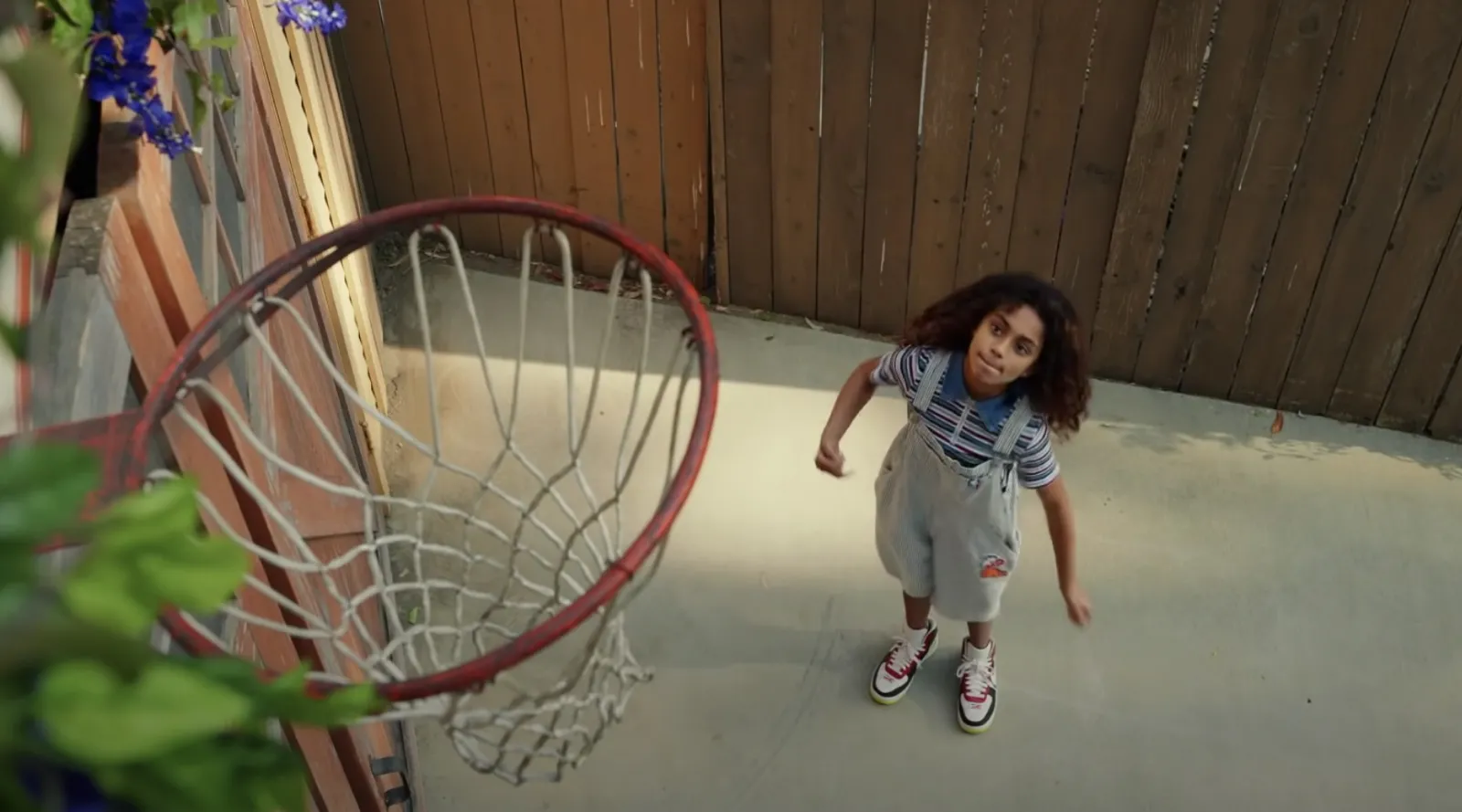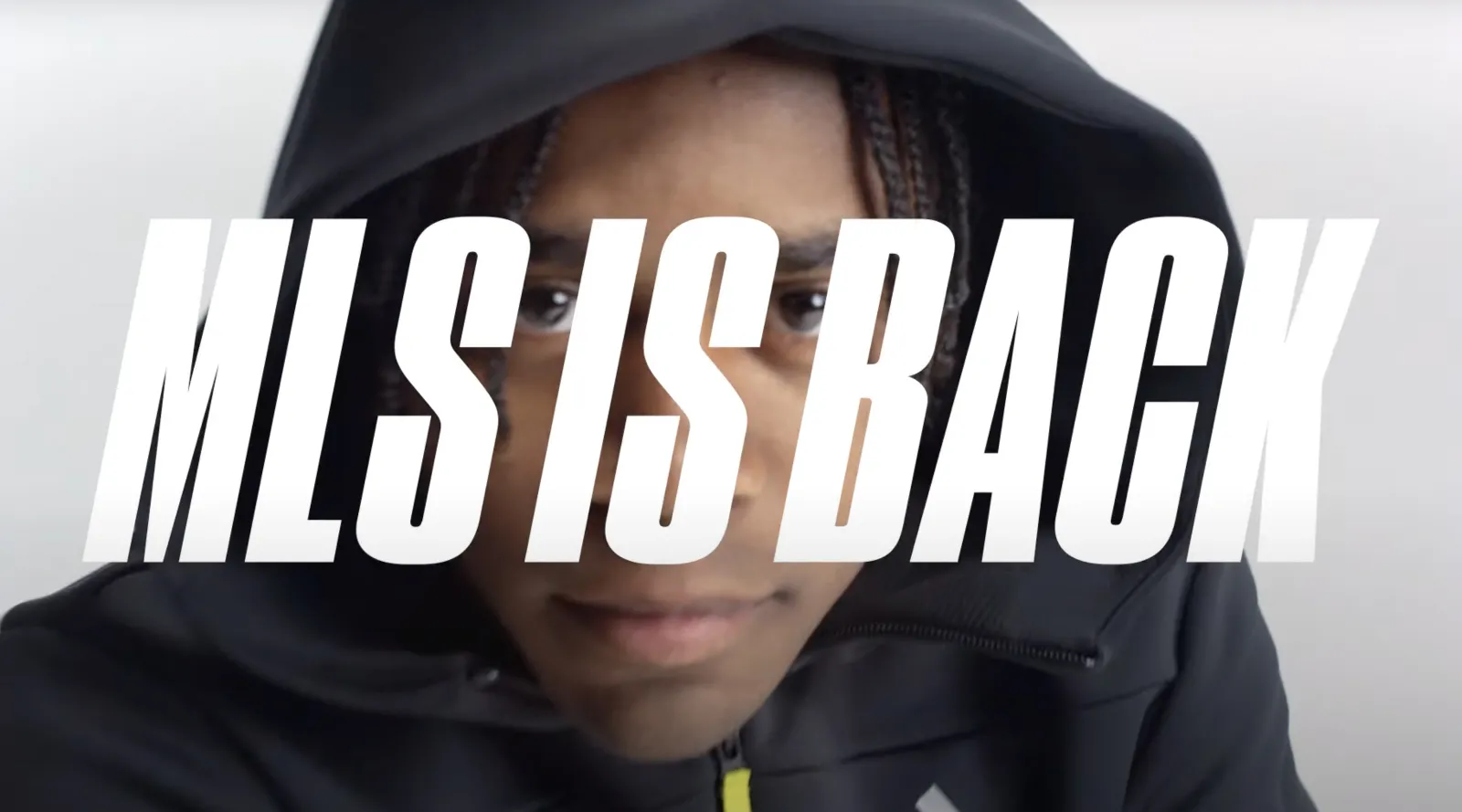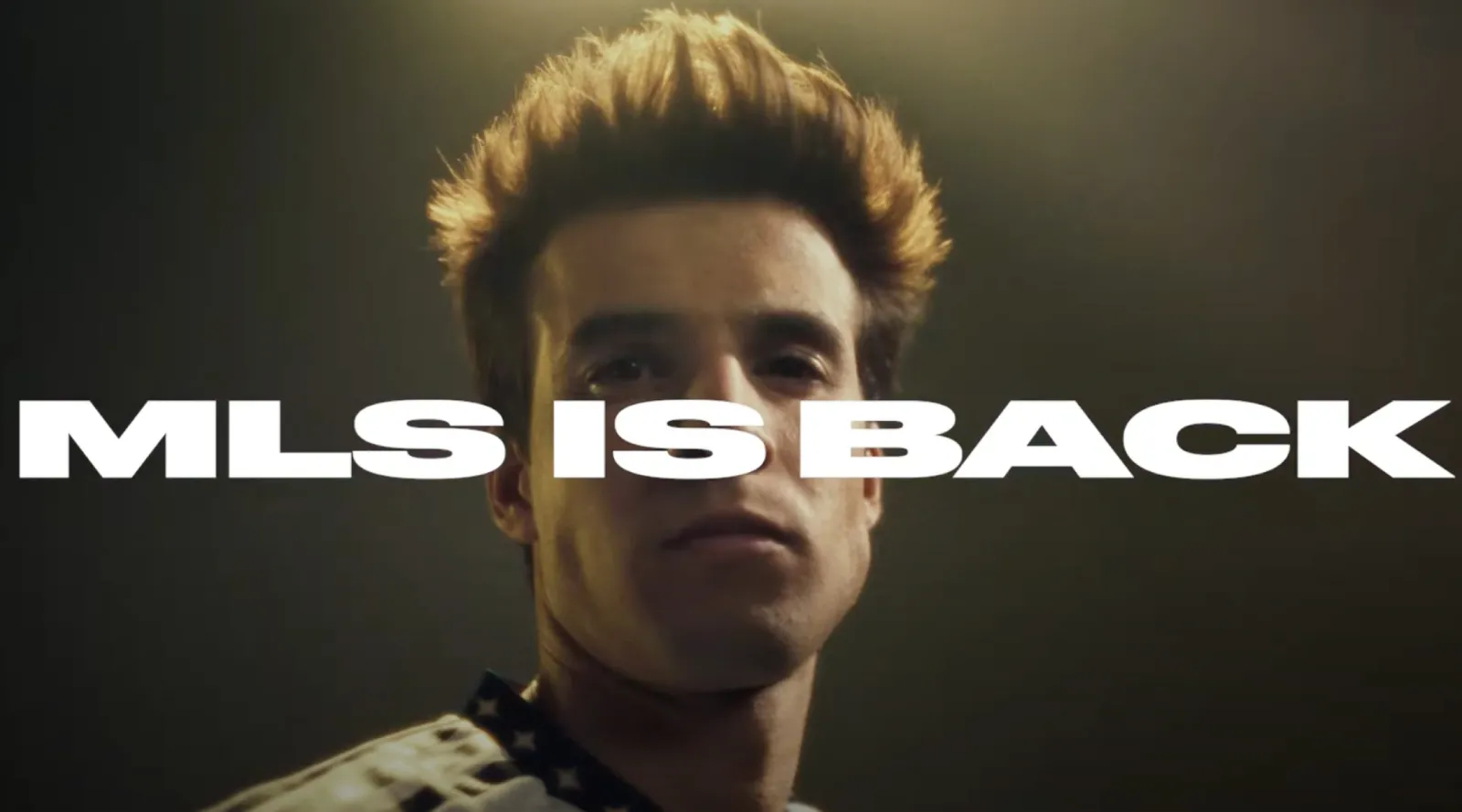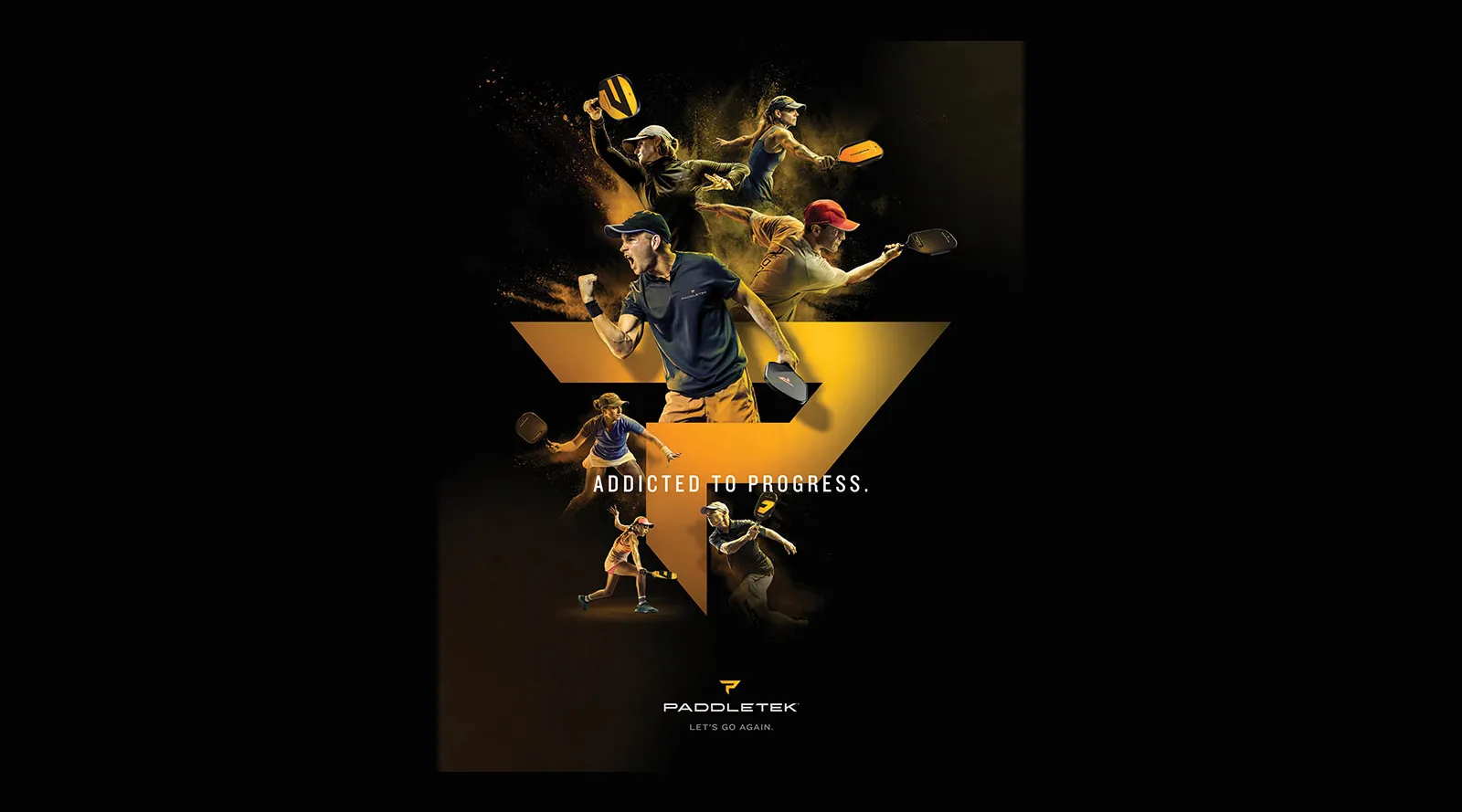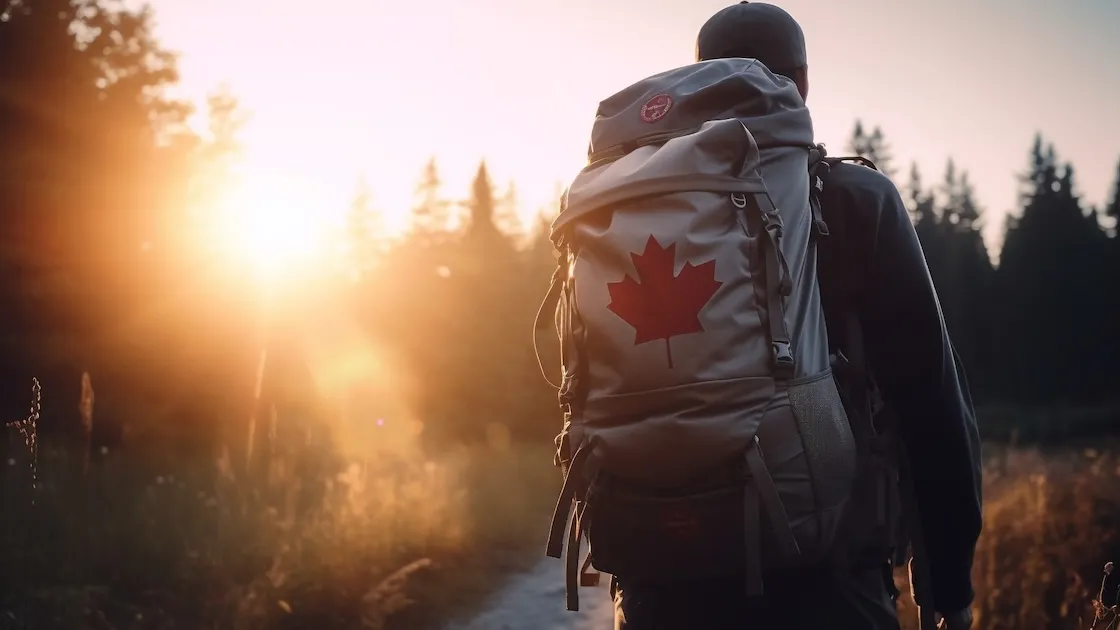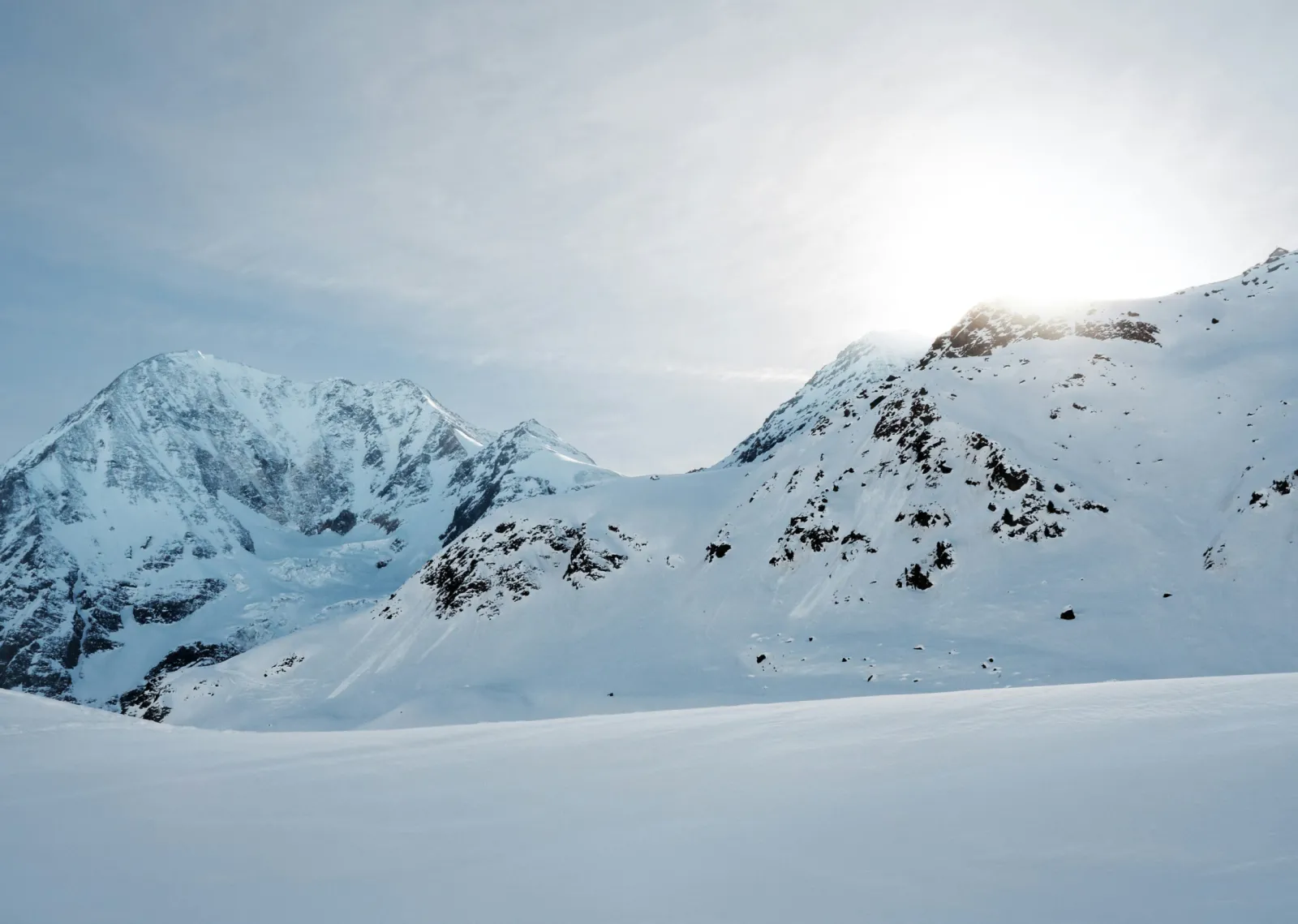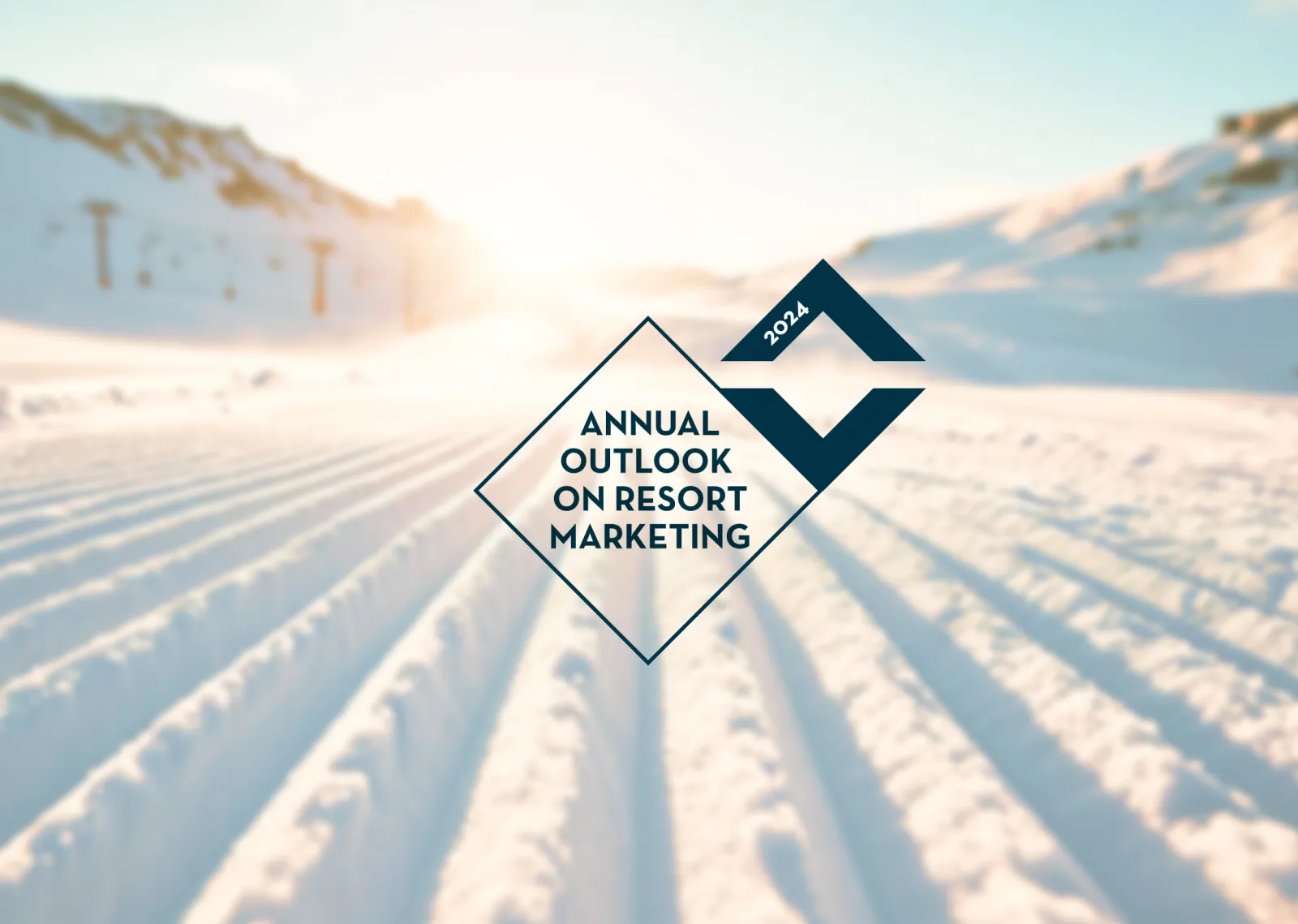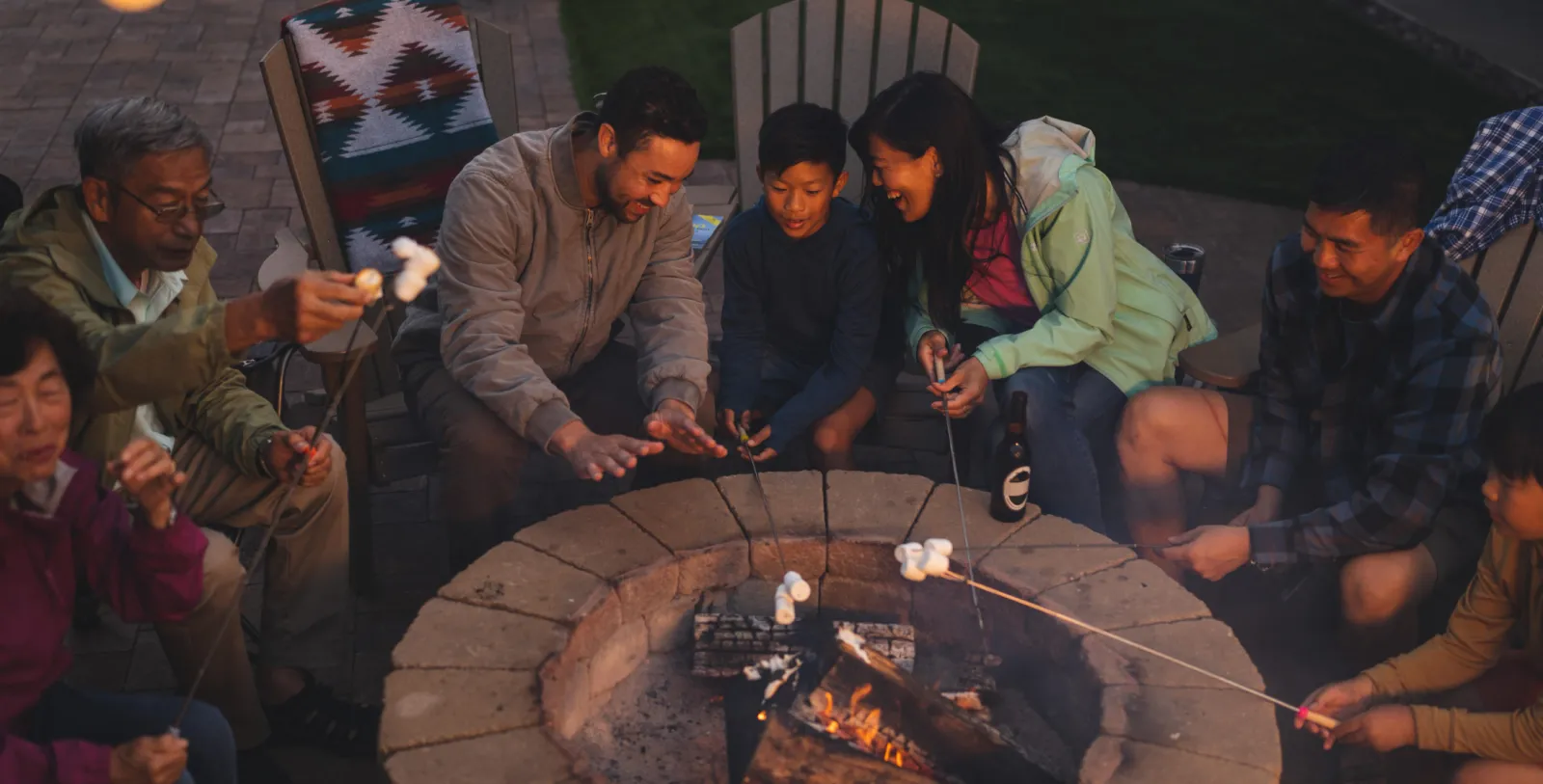What skiing can learn from pickleball
It’s been fascinating to watch how the skiing and snowboarding industry has built participation since the beginning of my career over two decades ago. Fascinating… and also disturbing, because according to the NSAA’s model for growth, our sport has been growing by a mere 8% of new participants annually. That doesn’t sound so bad, if it weren’t for another number: Fully 83% of those new participants do not stick with the sport. It’s an alarming and almost unthinkable statistic, and those of us within the industry know there is no way we’re going to save our sport if we don’t rectify a system in which we teach thousands of people how to ski and snowboard (often at discounted rates that cost us money) annually, only to lose the vast majority of them.
We’ve analyzed this, we understand it, and as an industry—and individual resorts—we have been mired in a decades-long effort to stop the bleeding.
Resorts all create a slew of operational and marketing initiatives, programs and strategies that help us successfully attract, convert and retain beginners. We've addressed every pain point we can identify—from supplying them with sufficient information before arriving at our resorts, to addressing challenges after their arrival. We’ve improved our learning centers and our rental processes, and we increased language diversity in our instructors and guest services. We even changed up our lunch options to appeal to a more diverse skier.
We did even more: We discounted our lessons, and when that wasn’t enough, we gave them away for free. We discounted our rentals, then gave those away for free, too. Then we said bring your friends for free.
We have celebrated these efforts for many years, and I don’t want to suggest these initiatives haven’t helped, nor would I ever suggest they’re not worth being celebrated...they are. And they’re important.
But despite the enormously hard work of a lot of people, including marketers like ourselves, we continue to see results that look discouragingly and stubbornly flat. Yes, COVID was great for participation and bringing new participants to mountains. But recent OIA reports suggest that a significant portion of our new participants are returning to their previous programming (soccer games, tropical vacations, swim lessons, etc).
When we look at the model, it’s apparent that large numbers of skiers live at the core. This is where 65% of our best customers live, and where we’re also seeing almost a full third of them exit each year. Recently, I’ve started talking about “repatriating the core” and I can tell you, it has elicited some strong reactions. I hear, “the core is the core because they already know us and love us. We don’t need to talk to them, we need to talk to those who don’t...there’s millions of them”.
Can we talk for a second about the net effect of relying on pass product marketing as our strategy for engaging our core customers? Without us delivering more people into the top of the funnel, this type of low funnel marketing with pass products is really just cycling existing customers around the bottom, and shuffles market share between camps. We are not growing the pie, or at least not much.
The act of growing the pie happens at the top of the funnel when we speak to skiers and riders who are dreaming about skiing and snowboarding and ski vacations. Where they are looking for inspiration and belonging. This is the place that builds their affection and connection with what we do, and that reaffirms and aligns their values and beliefs with ours. It’s the place where affiliation is created, and where participants celebrate and attach themselves. This is where ski culture is created, and it’s why I believe our focus should not be exclusively on the valiant and important work of growing the sport through capturing beginners, but also on celebrating the sport we love so that beginners are attracted to it in the first place.
Perhaps we worry too much that our sports are hard. Because the truth is, they are about being in the mountains, in these beautiful and occasionally-intimidating places. Because they’re about being out in the elements—in cold and snow. Because they’re about going downhill, fast. About mastering technique, increasing our strength and power, eventually progressing to getting a bit of air under your boards. For some, it’s about going backwards or upside down. Somewhere along the line, we decided that all of this was too much for our beginners to accept.
And because we’re focusing on newcomers to our sports who aren’t yet a part of our culture, we assume that they don’t appreciate these things, or are intimidated by them.
So we began taking them out of our marketing, and stopped sharing and celebrating what are arguably the best parts of our sport. The parts that create culture. The parts that our core participants love.
Could this be where things went wrong? Could it be that our belief that marketing to the core somehow betrays our mission to attract new participants is just plain wrong? For some context, let’s take a look at how other sports engage with their core, how they build culture that attracts and retains a core customer, while doing it in a way that is inspiring and inviting to a new participant.
The first thing to recognize is that virtually every other sport on the planet markets to its core first. Having realized this, I moved on, and I thought, ok let’s see what these other sports are doing to grow participation. Are they doing what we’re doing? Are they making it seem more accessible, giving it away for free, focusing on attributes of the place more than the culture of the sport? The answer is none of the above. Let’s look at basketball, because I have a skier son who is obsessed with basketball and I’ve watched how the sport has lured him in and created a culture that he is infatuated with. The NBA knows that they have a better chance of grooming a NBA fan out of a player, so they have all kinds of initiatives to grow the sport. As an organization, the NBA supports participation from the grassroots at every level, but this is an ad for their youth development league. Essentially talking to the kids they want to convert into their best customers. But look at the way they approach it: Look at the level of play, the aspirational quality of the environment, the presence of NBA pros… the list goes on.
Do you see what I mean? There were no beginners in there struggling. They didn’t ban scenes of dunking. They market to everyone with the potential of basketball greatness. They celebrate the heroes, the icons, the tricks, the culture.
How about the sport that all of us resort operators and skiing parents fear the most: Soccer. Here’s how Major League Soccer is growing its base. Take one look at this poster frame and you’ll see accessibility and inclusivity. But when you’re watching this, you’re going to see soccer as a party.
Or this:
Finally, I googled “fastest growing sport in America” to see what else we could compare ourselves to. It’s… wait for it… pickleball. If ever there was a sport that you’d assume would be showing old farts playing a slow game as a way to attract participants, it’s pickleball. But if you did, you’d be assuming wrong.
Their ads look like this. With language that is all about progression and personal bests.
Here’s what all those sports that we’re competing with have in common. They’re all attracting participation by holding up their ideals. The spectacle of their sports. The aspirational qualities of their field of play. The prowess of their professionals. They are showcasing the potential of participation to inspire. They are not focusing on the attributes of the places where the sports are played (no one is showing off their nets or their bleachers in these ads). They aren’t trying to lower the bar to entry so low as to eliminate any question of “can I do it?”.
They play to expertise, inspiration, aspiration, and heroes. And it’s working.
You could argue the NBA, the MLS, skateboarding and even pickleball seem to know their best customers. They seem to understand what makes them tick, how to motivate them, and how to lure them back again and again. Even how to create a community that not only welcomes them but secures them. They don’t do it with discounted lessons. They also don’t do it by positioning the sport as accessible to everyone. They play to expertise, inspiration, aspiration, and heroes. And it’s working.
Maybe, just maybe, we need to take cues from them.
And some of us are. The famous “one star” ads from Snowbird targeted their core and was perhaps the most celebrated ad within our industry ever, and received more mainstream media attention for a ski resort ad that I can recall. The Give a Flake campaign by Aspen/Snowmass dug deep into the values of skiers and snowboarders and tapped them in a way to create tribal affiliation. I give you these examples not to shine a light on the successes so much as to issue a challenge. What are you doing to celebrate our culture? Can you reinstate and celebrate the rituals you’ve let go in favour of operational efficiency or budget cuts? Can you think of marketing in a way that will inspire and not just sell passes? Because if we don’t start doing these things, we might just market ourselves out of business.
